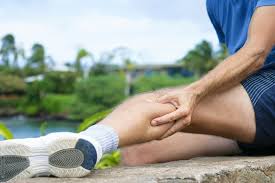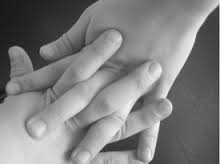Annual Sports Injury Peak About to Hit
After the Christmas and New Year breaks many of us will soon start to begin training for our chosen team sport. No matter what sport you subscribe to, the Chiropractors’ Association of Australia NT (CAANT) is forecasting a surge in sports-related injuries over the coming weeks. Approaching dry season team sports tend to take a toll on players during the pre-season and early rounds, as people start training again after a few months break. In particular, Hamstring injuries are most common in the early part of the year, especially in the faster running sports such as soccer, rugby, and hockey, as ‘weekend warriors’ return to their chosen dry season sport. Back problems are also a major issue and can be interrelated with hamstring injuries, whereby one injury can trigger the other.” A scientific study published in 2009 found footballers (across all codes) in Australia have significantly more severe and frequent low back pain compared with non-athletes, and this escalates with the level of competition*. In fact low back pain is the most common injury reported in elite soccer*, and back injuries have the highest rate of recurrence for all injuries in elite rugby players*. In Aussie Rules the injury toll is also quite high, even amongst the amateurs with 27 per cent reporting long term or recurrent back problems*. To minimise the injury risk, the CAANT recommends a holistic approach to get ready for the game. This includes a Chiropractic check-up and maintenance so that anyone returning to sport after a break can visit their local CAANT chiropractor to tune up their body and make sure it is ready to go for the season. Also of great importance outside of direct Chiropractic care is good nutrition, appropriate warm up and warm down protocols, being prepared with a proper training regime, easing back into exercise gradually after a break, and hydration on the field. It’s also very important to listen carefully to the advice of your personal trainer or gym instructor, their experience will help you immensely. In Australia, CAA member Chiropractors commonly have a great deal of experience in dealing with sporting injuries. Most Chiropractors commonly adopt a range of techniques ranging from adjustments (manipulation), mobilisation, soft tissue therapies, rehabilitation, movement and exercise therapies, nutritional advice, strapping and bracing. Increasingly, professional sporting teams are adding a sports chiropractor to their health care staff to help players maintain their structural health, [...]

